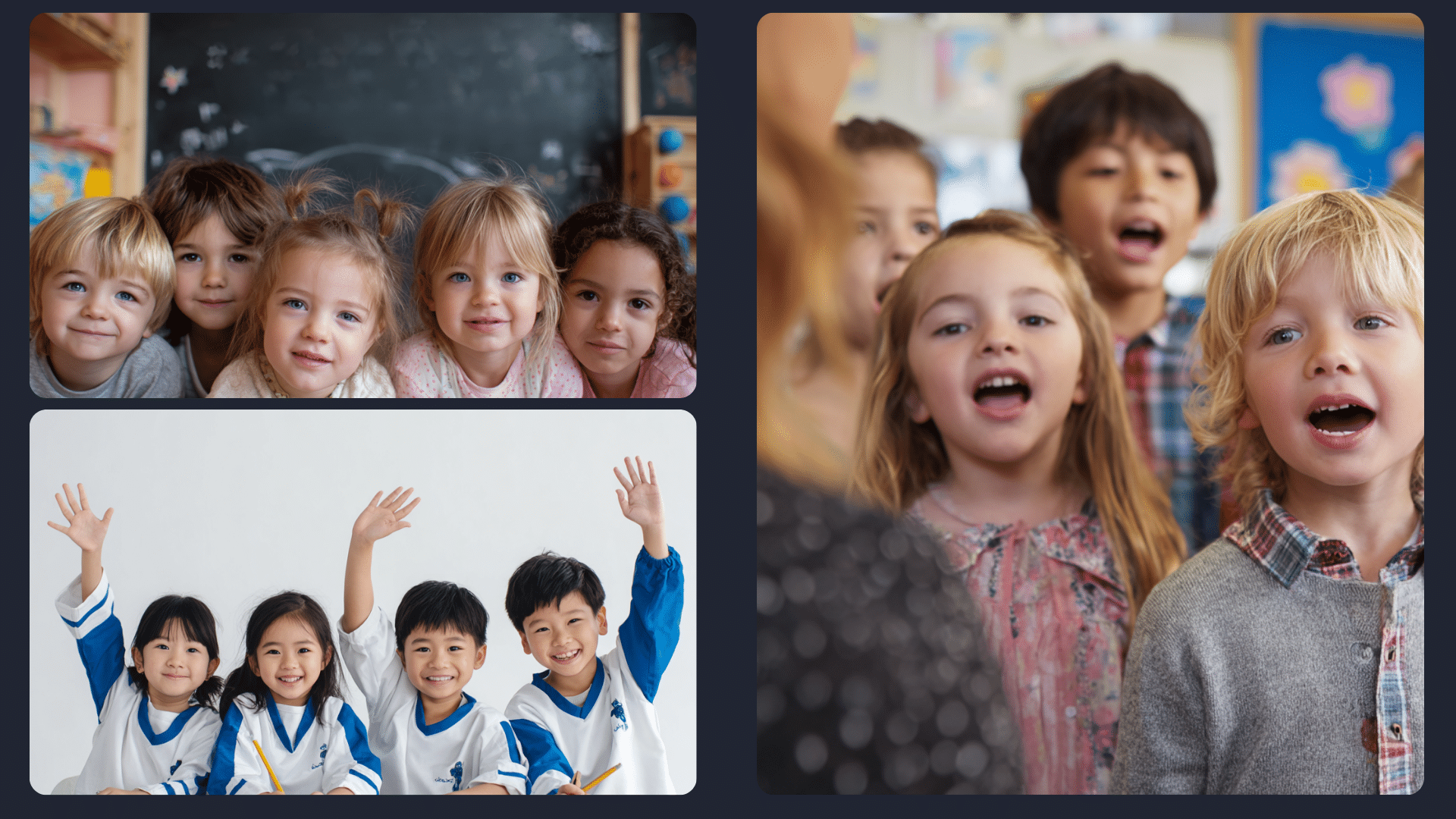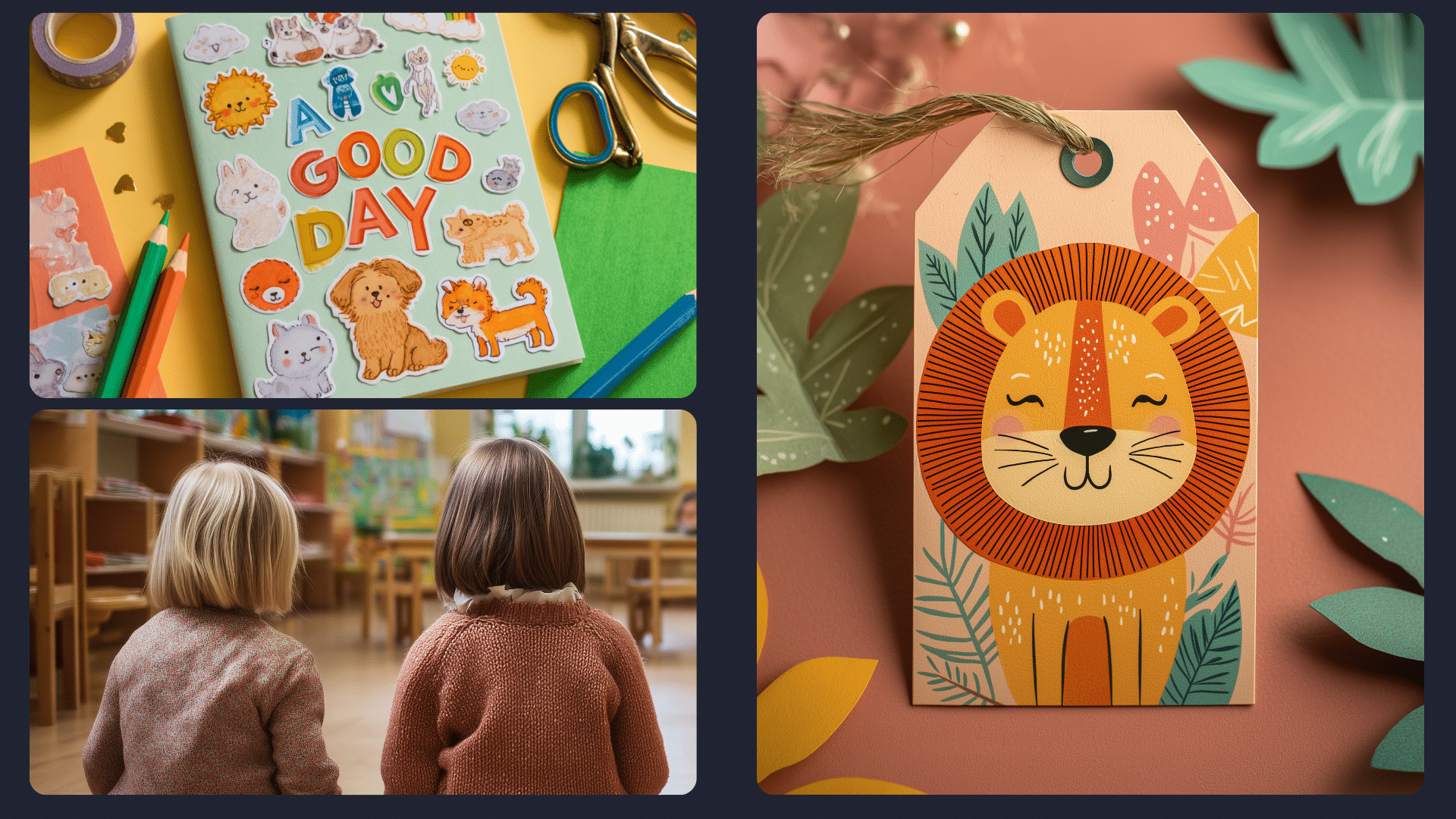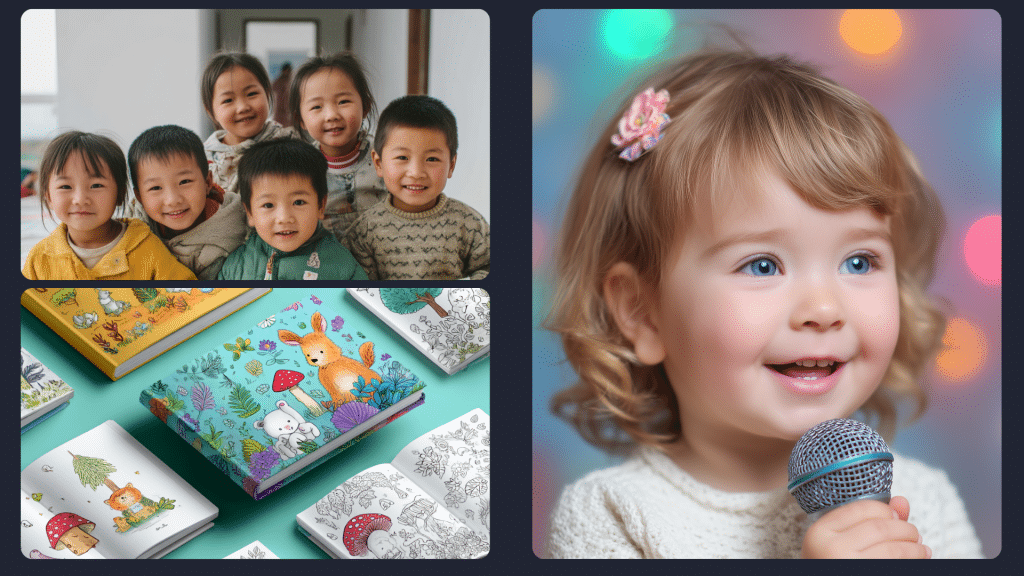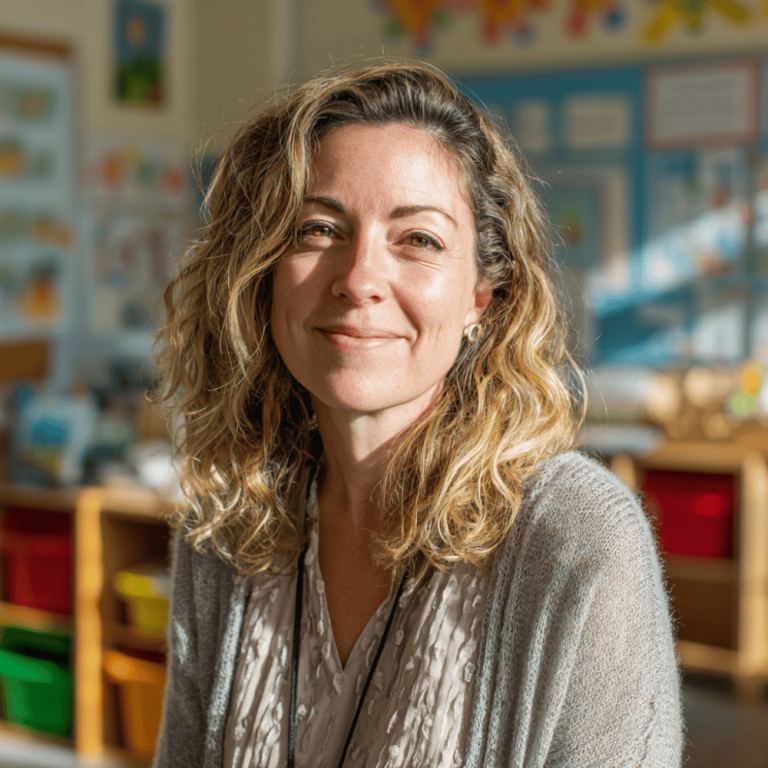What makes preschool circle time such an important part of the day? It’s more than a routine; it’s a chance for children to gather, share, and build community.
Many teachers and parents ask how long circle time should last and which activities work best to keep kids engaged. With the right structure, it can become the most enjoyable part of the preschool day.
In this guide, you’ll find what preschool circle time is, how to plan it, and ways to make it fun. It also covers activity ideas, common challenges, and resources to support teachers.
What is Circle Time in Preschool?
Circle time is when preschoolers gather together to start or share part of their day. It’s usually done in a circle so every child feels included.
The main purpose is to build a sense of community and teach simple routines. It also helps children practice social and emotional skills in a group setting.
Some of the biggest benefits include:
- Listening skills – children learn to pay attention to the teacher and their peers.
- Turn-taking – waiting for a chance to speak or share helps build patience.
- Group learning – kids begin to understand how to learn, sing, and play together.
Circle time sets the tone for the day, giving preschoolers a safe and structured way to connect and learn.
Circle Time Schedule

Circle time works best when it matches a child’s attention span. Keeping it short and engaging helps kids stay focused and enjoy the experience.
| Age Group | Time Range | What Works Best |
|---|---|---|
| General Rule | 2–3 minutes per year | Attention spans are short; avoid expecting very young children to sit for 20 minutes. |
| 3-Year-Olds | 6–9 minutes | Songs, rhymes, playful movement, props, puppets, and simple picture books. |
| 4-Year-Olds | 8–12 minutes | Storytelling, simple games, weather/feelings discussions, and predictable routines. |
| 5-Year-Olds | 10–15 minutes | Group discussions, detailed songs, counting, rhyming, calendar checks, and interactive routines. |
| Signs to Adjust | Varies | Restlessness, fidgeting, or frequent distractions = shorten session or add movement breaks. |
Structuring a Successful Circle Time
Circle time is most effective when it has a simple, reliable structure. These key elements help keep children engaged and comfortable:
- Predictable routine – Start with a welcome song, move into weather and calendar checks, and add a daily theme. Consistency helps children feel secure.
- Balance of activities – Mix calm parts like reading or discussion with active parts like songs, clapping, or games. This keeps focus and prevents restlessness.
- Use of props, visuals, and movement – Puppets, picture cards, or themed objects make lessons easier to understand. Adding movement keeps circle time interactive and fun.
Engaging Circle Time Activities
Circle time is more successful when activities spark interest and invite children to join in. Mixing songs, stories, and games helps capture different learning styles.
1. Songs with Actions
Songs with actions are a wonderful way to keep children active, happy, and fully engaged. When kids clap their hands, stomp their feet, or move along to music, they aren’t just having fun – they’re learning.
Action songs with gestures, body movements, or simple rhythms encourage coordination and rhythm, while also giving children a safe way to release energy. These musical moments can set a positive tone for the day, making group time feel lively and enjoyable
2. Thematic Discussions
By introducing short conversations about topics like the changing seasons, favorite animals, or familiar community helpers, you give children the chance to connect ideas to their everyday world.
These discussions don’t need to be long or complex. A few thoughtful questions are often enough to get children talking, which helps expand their vocabulary while making learning feel meaningful and relatable.
3. Interactive Games
Interactive games bring together play and learning in a way that feels effortless to children. Games like Simon Says, rhyming challenges, or simple counting activities hold their attention while developing important skills.
These quick activities are not only entertaining but also strengthen listening, improve memory, and reinforce early academic concepts. Because children experience learning as play, they stay motivated and eager to join in.
4. Storytime
Storytime has always been a favorite moment in classrooms and homes alike. Reading aloud to children captures their imagination and builds focus in a gentle way.
Choosing age-appropriate picture books and using expressive voices can transform a short story into a magical experience. Beyond enjoyment, storytime fosters a love of reading, encourages imagination, and supports language development.
5. Sharing Time
Sharing time is equally important for building confidence and a sense of belonging.
Allowing children to speak about something meaningful to them, whether it’s an idea, a small story, or even an object brought from home, gives them a chance to be heard and valued.
These moments nurture social skills, strengthen communication, and create a sense of community within the group.
Tips for Keeping Kids Focused
Circle time can be a challenge when attention spans are short. Using the right strategies makes it easier for children to stay calm, listen, and enjoy the routine.
- Sit Spots and Clear Expectations: Children do better when they know exactly where to sit. Using sit spots, mats, or cushions gives each child a personal space and reduces arguments about seating.
- Movement Breaks: Young children have lots of energy, and sitting for too long can be tough. Adding short breaks with stretching, clapping, or a quick action song gives them a way to release energy in a positive way.
- Transition Songs: Switching activities can be hard without clear signals. Simple transition songs let children know what’s happening next, whether it’s moving from storytime to a game or ending circle time altogether.
- Adapting When Needed: No matter how well you plan, some activities won’t always hold attention. Instead of pushing through, it’s better to adapt in the moment. Being flexible keeps circle time positive and avoids frustration for both teacher and child.
Common Circle Time Challenges and Solutions
Circle time often brings real classroom challenges. Knowing what to expect and how to respond makes it easier to keep the group on track.
Challenge: Kids lose focus
Solution: Break activities into shorter chunks, add songs with movement, or use props to grab attention again.
Challenge: Fidgety or restless groups
Solution: Include quick movement breaks, let kids stand up for action songs, and balance calm and active moments.
Challenge: Shy children
Solution: Give small roles like holding a puppet or choosing a song so they can join in without feeling pressured.
Circle Time for Different Approaches
Circle time can look different depending on the setting and the needs of the children. Here are a few common approaches.
| Approach | How It Works | Why It Helps Kids |
|---|---|---|
| Montessori Circle Time | Usually shorter, with a strong focus on respect, order, and calm participation. Activities are often linked to real-life learning. | Encourages independence, self-discipline, and meaningful engagement. |
| Inclusive Practices | Adapts circle time for children with special needs by using visuals, props, flexible seating, or simplified instructions. | Makes every child feel included, valued, and able to take part at their own pace. |
| Circle Time at Home | Parents can recreate circle time with songs, stories, and simple routines at home. It may be shorter and less formal than in school. | Strengthens parent-child bonding and gives children extra practice with group learning skills. |
Resources for Teachers

Teachers don’t have to plan circle time from scratch. A few simple resources can make sessions easier to run and more engaging for kids.
Printable Activity Cards or Schedules – Printable cards and schedules make planning easy and predictable. They also help children see what comes next, which builds comfort and routine. Teachers can rotate cards to keep activities fresh without extra prep.
Recommended Songs and Books – Songs and picture books are simple ways to hold attention. Music gets kids moving and builds rhythm, while stories spark imagination and introduce new ideas. Choosing age-appropriate favorites keeps circle time fun and engaging.
Sample Daily Circle Time Plan – A sample plan shows how to organize songs, stories, games, and sharing in the right order. It helps teachers balance calm and active parts while staying within children’s attention spans. Using a plan as a guide makes circle time more consistent.
Conclusion
Preschool circle time is more than a routine. It gives children a chance to connect, share, and build important social and emotional skills.
This guide showed what circle time is, how long it should last, and how to structure it. Songs, games, and discussions make it both fun and meaningful.
With the right strategies and resources, circle time becomes engaging and supportive for every child. Try these ideas in your classroom and see how they transform the day.











